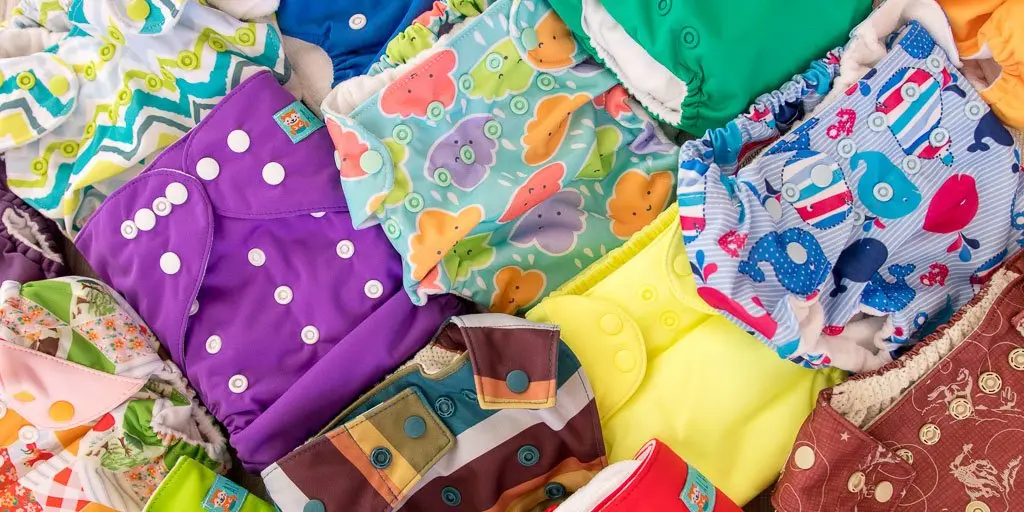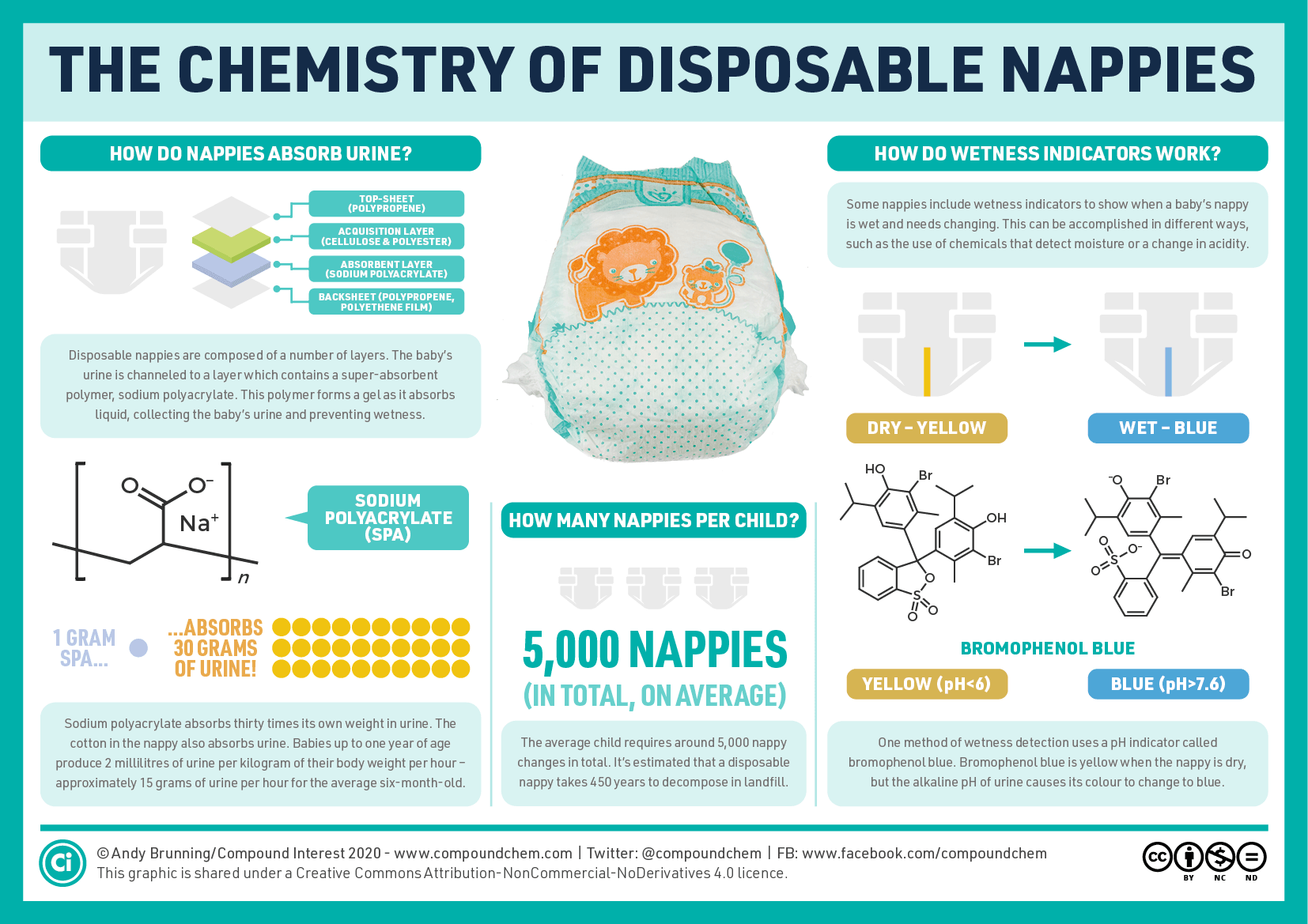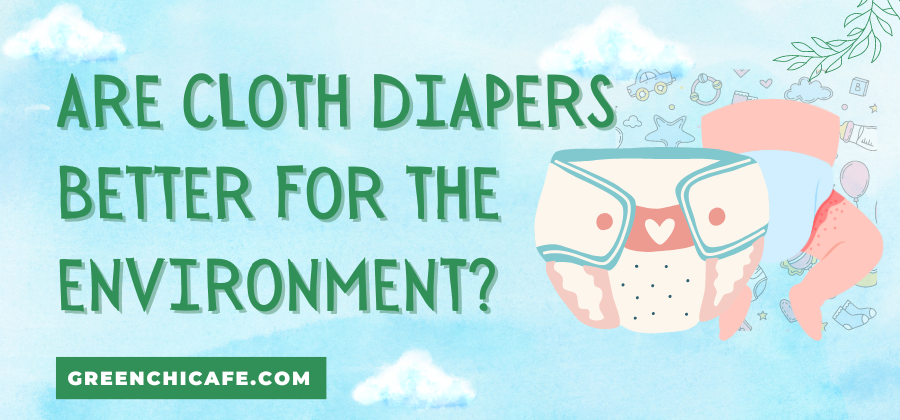Many parents choose cloth diapers believing them to be an eco-friendly alternative to disposables.
But the sustainability of cloth diapers depends on various factors.
This article examines the materials, manufacturing, laundering, and waste impacts of different diaper options to determine if cloth offers definitive environmental advantages.
Are Cloth Diapers Better for the Environment?

When reused consistently over multiple children and laundered using green practices, cloth diapers generally have a lower lifetime environmental impact compared to disposables.
However, sustainable benefits depend on conscientious washing routines and maximizing cloth material use.
Key Points
- Disposable diapers generate over 3.6 million tons of waste yearly in the U.S. alone.
- Cloth diapers require fewer total resources when reused long-term.
- Laundering cloth diapers at home uses substantial water and energy.
How Are Disposable Diapers Typically Managed After Use?

Soiled disposable diapers are thrown away after a single use.
Most end up in landfills as municipal solid waste.
The 3.6 million tons of disposable diapers entering U.S. landfills yearly represent 2.1% of all waste.
A small percentage are composted commercially.
However, disposables require centuries to fully biodegrade due to plastic components.
Incineration diverts waste but produces air pollution.
Unsustainable materials and lack of recycling make disposables an ongoing environmental issue.
What Are the Main Environmental Impacts of Disposable Diapers?
The primary sustainability issues around disposables involve:
Resource-intensive materials like plastic, pulp, and superabsorbent polymer.
Over 20 billion disposables are used annually in the U.S. alone.
Toxic chemicals in manufacturing include dyes, fragrances, and additives like lotions. Some ingredients have unknown health effects.
Raw material processing and diaper manufacture consume substantial water, electricity, and fuel.
Landfill waste accumulation as soiled diapers are not recyclable or compostable at home.
Slow biodegradation causes methane emissions.
Chlorine bleaching of pulp produces dioxins that pollute air and waterways.
Manufacturing effluent impacts ecosystems.
Waste hauling of used diapers to landfills consumes diesel fuel.
Do Cloth Diapers Use Fewer Resources Than Disposables Initially?
Yes, cloth diapers can be reused on multiple children over the years, requiring far fewer resources long-term than endless sets of disposable diapers.
However, the high upfront resource costs of cloth must be amortized over their lifespan via repeated laundering and reuse.
Still, one study estimated that reusing cloth diapers for a single child reduces solid waste by over 473 pounds.
The longevity of cloth saves substantial waste compared to disposables over time.
How Does Laundering Cloth Diapers Consume Resources?
Frequent machine washing and drying cloth diapers require significant water and energy, reducing environmental savings versus disposables.
Using greener laundry methods helps.
Key optimizations include:
Energy-efficient front-loading washing machines.
Line-drying instead of machine-drying when possible.
Full loads to maximize usage per wash cycle.
Cold water washes, avoiding hot water excess.
Green energy like solar offsets electric dryer loads.
Eco-friendly, non-toxic detergents, avoiding fragrances.
With care maximizing efficiency and green energy sources, the laundry footprint of cloth diapers can be minimized.
Do Diaper Services Further Reduce the Impacts of Cloth Diapers?
Yes, diaper delivery services lower the environmental burdens versus home washing by:
Washing in bulk for maximum efficiency in large-scale specialized facilities.
Reusing rinse water for pre-washing.
Utilizing pro-grade cleaning systems requires less water, energy, and detergent.
Line drying pre-treated diapers then finishing loads in gas dryers.
Delivering cloth diapers to customers after professional washing.
However, transportation emissions may offset some savings.
But optimized professional cleaning offers sustainability benefits over standard home cloth diaper laundering.
Key Takeaways:
- With green use and laundering practices, cloth diapers can have a lower lifetime environmental impact.
- But sustaining reuse over multiple children realizes the biggest savings versus disposables.
FAQ
What Are the Parts of a Cloth Diaper System?
A cloth diaper system includes absorbent diaper covers, inserts, fasteners, liners, and storage bags or pails for soiled diapers.
How Many Cloth Diapers Are Needed?
Around 25 cloth diapers are needed to ensure a sufficient stash between wash cycles. Having extras allows some to be cleaned while others are in use.
Should Cloth Diapers Be Air Dried?
When possible, air drying instead of machine drying further reduces the environmental footprint of cloth diaper laundering.
GreenChiCafe provides eco-friendly parenting tips. Visit our site to learn more about sustainable baby and child products.
